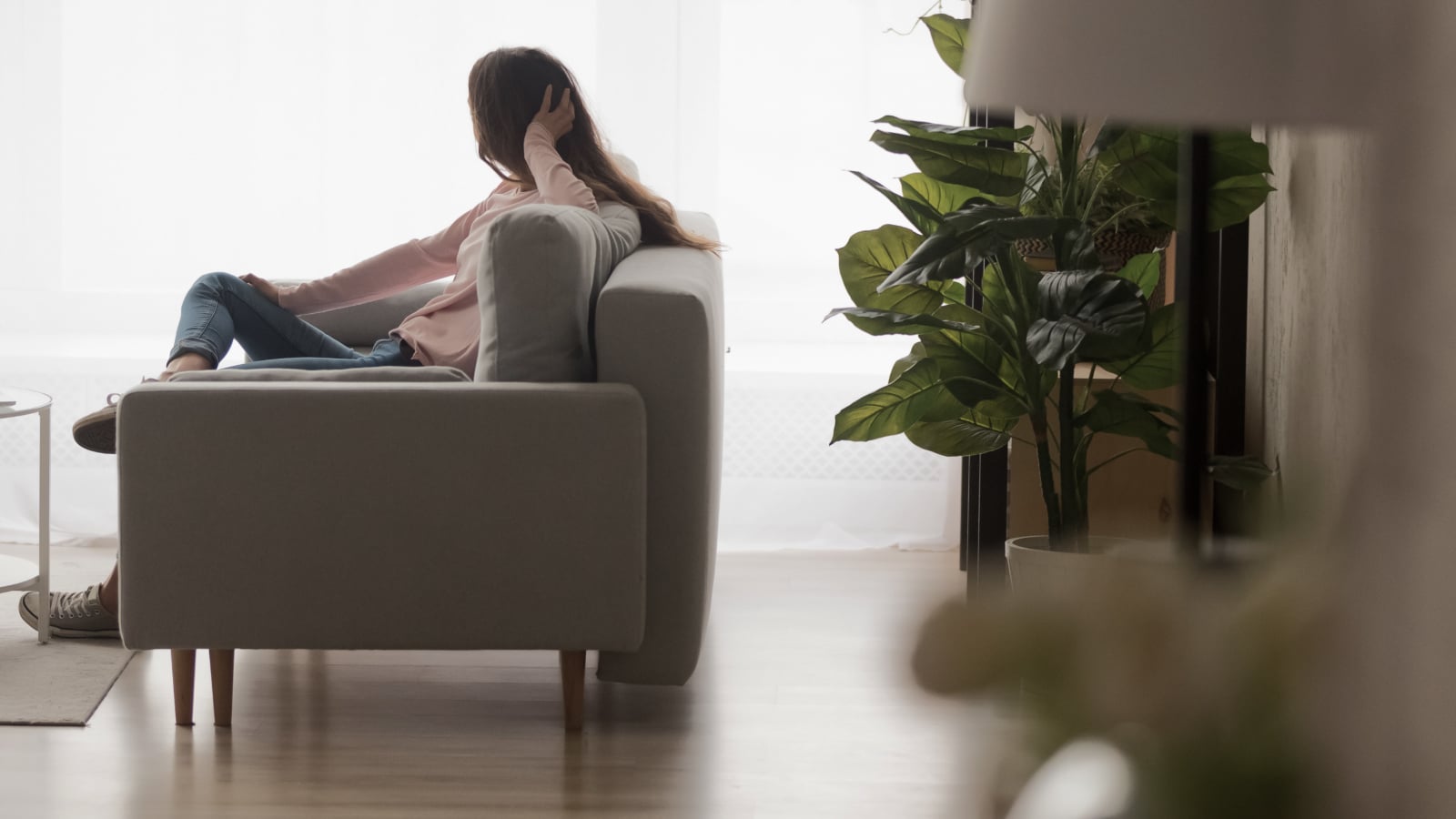Video surveillance cameras have evolved from passive recording devices to active security tools powered by artificial intelligence (AI). Modern cameras can process video data in real time, recognize objects, single out potential threats, and speed up an appropriate response to them. When integrated with a security system, security cameras help to enhance the protection of a site to a considerable extent. Let's review how it applies to AI-powered wired IP cameras by Ajax Systems.
How AI streamlines security operations
AI is a term often used to describe the advanced capabilities of computer systems. In video surveillance, AI refers to a machine learning model trained to recognize objects and analyze data to identify threats. These functions do not enable AI to replace people who monitor video streams but do streamline monitoring companies' operations:
- AI-powered cameras have real-time object detection and selective recording. These reduce reliance on constant vigilance and minimize missed incidents due to human error, for example, operator fatigue. Critical events are ensured to be captured.
- Visual verification in high definition reduces the number of false alarm patrol dispatches.
- AI allows monitoring more cameras without increasing the number of employees involved, so scaling becomes more cost-effective.
- AI technologies speed up response to threats by eliminating delays, which is crucial in case of an emergency. When AI detects objects, a user and an alarm receiving center (ARC) receive a notification and can respond to an event faster.

What affects the quality of AI object recognition
Making AI work well in video surveillance poses a few challenges:
- Proper AI recognition requires an accurate camera placement, and an installer must consider the height, tilt, and potential obstacles in the camera’s field of view.
- Difficult lighting conditions like insufficient or excessive sunlight might impact the accuracy of object detection.
- Challenging weather conditions might interfere with AI operations. Fog or rain may reduce image quality, while water spots on camera lenses affect object detection.
- Processing high-definition video streams through a video recorder in real time may cause delays or lags. Efficient hardware and software algorithms might be needed to handle the high data rates.
How AI-powered video surveillance improves security system performance
When developing Ajax cameras, Ajax Systems considered the challenges that the video surveillance industry faces and addressed them in its solutions. Ajax engineers have developed AI-powered cameras that seamlessly integrate with the Ajax system, which enables selective recording and alarm verification for fewer false patrol dispatches.
Built-in neural processing units (NPU) in Ajax cameras can differentiate between people, animals, and vehicles. This feature allows users to record only important events, like someone entering a room or a car entering a parking lot. Also, cameras can initiate recording based on pixel movement detection. Selective recording reduces memory usage and requires less bandwidth.
Apart from the built-in NPU, detectors in an Ajax system can trigger recording by cameras. The latter can respond to alarms raised by one, several, or all security detectors in the system. This allows for alarm verification using video recordings from CCTV cameras.

An Ajax hub is required to synchronize alarms with recording by a specific Ajax camera. Next, there is a need to create a video surveillance scenario. With third-party cameras, Ajax NVR is also necessary.

How do scenarios work? When a fire detector is triggered in a kitchen, a user and security company receive a notification in Ajax apps and can immediately check the camera feed. It allows verifying what caused the alarm, be it a burnt toast or a real threat, which requires an immediate response.
However, Ajax security detectors also filter out false alarms. For example, Ajax motion detectors have enhanced optical systems or apply dual motion detection technology thanks to PIR and microwave sensors. In addition, Ajax motion detectors use various algorithms to reduce false alarms:
- SmartDetect: differentiates between people and thermal interferences by analyzing infrared signals.
- LISA: compares signals from two infrared sensors in outdoor detectors.
- ELSA: performs a 3-step digital analysis of motion patterns in curtain-type detectors.
Other ways in which Ajax Systems fights false alarms are:
- Alarm confirmation with photo verification. Battery powered, no Wi-Fi needed.
- Alarm confirmation according to PD 6662.
- Alarm processing according to ANSI/SIA CP-01-2019.
- Correlation signal analysis.
- System integrity check.

Technologies that make image quality better
Ajax cameras have a few features to guarantee exceptional image quality day and night, which also help minimize the impact of lighting on the accuracy of AI recognition. Each Ajax camera features smart infrared (IR) illumination that ensures high-quality footage even in low-light conditions. The camera adjusts the illumination intensity in real time to avoid overexposure. As a result, objects can be seen within the range of up to 115 ft away.

The cameras also come with True WDR technology. It brightens dark areas and dims the ones that are too bright for the footage to be clear under various lighting conditions. True WDR is easy to adjust with Ajax apps.
Without True WDR | With True WDR |
 |  |
How Ajax AI is trained
Overcoming AI-related challenges is easier with proper neural network training. The Ajax’s AI model is being trained with special datasets, in particular, those from our beta testing. These diverse inputs cover many scenes and events to improve the system’s performance. Special labels help the AI learn to identify objects that differ in shape, size, and movement patterns. The manual data labeling enables the neural network to recognize and analyze objects accurately.
When processing data, Ajax Systems is fully compliant with relevant laws and regulations. The company adheres to the General Data Protection Regulation (GDPR). These regulations protect user privacy and personal data within the EU and EEA. The owners of the recordings from the beta test group allowed the company to use their materials to train AI algorithms. More so, the NPU in Ajax cameras meets the strict requirements of the National Defense Authorization Act (NDAA). This compliance confirms that Ajax products, including the CCTV cameras, contain no parts from sanctioned manufacturers.

Get the ball rolling with Ajax AI-powered video surveillance
Ajax IP cameras use AI that is trained to recognize objects in different environments. It is effective even in bad weather and challenging lighting conditions as long as the camera is installed properly. Thanks to seamless integration with Ajax security systems, AI-powered Ajax cameras deliver accurate and efficient security. The value that such CCTV cameras offer today suggest that they have changed the future of video surveillance.
Roman Konchakivskiy
Head of Ajax Academy




